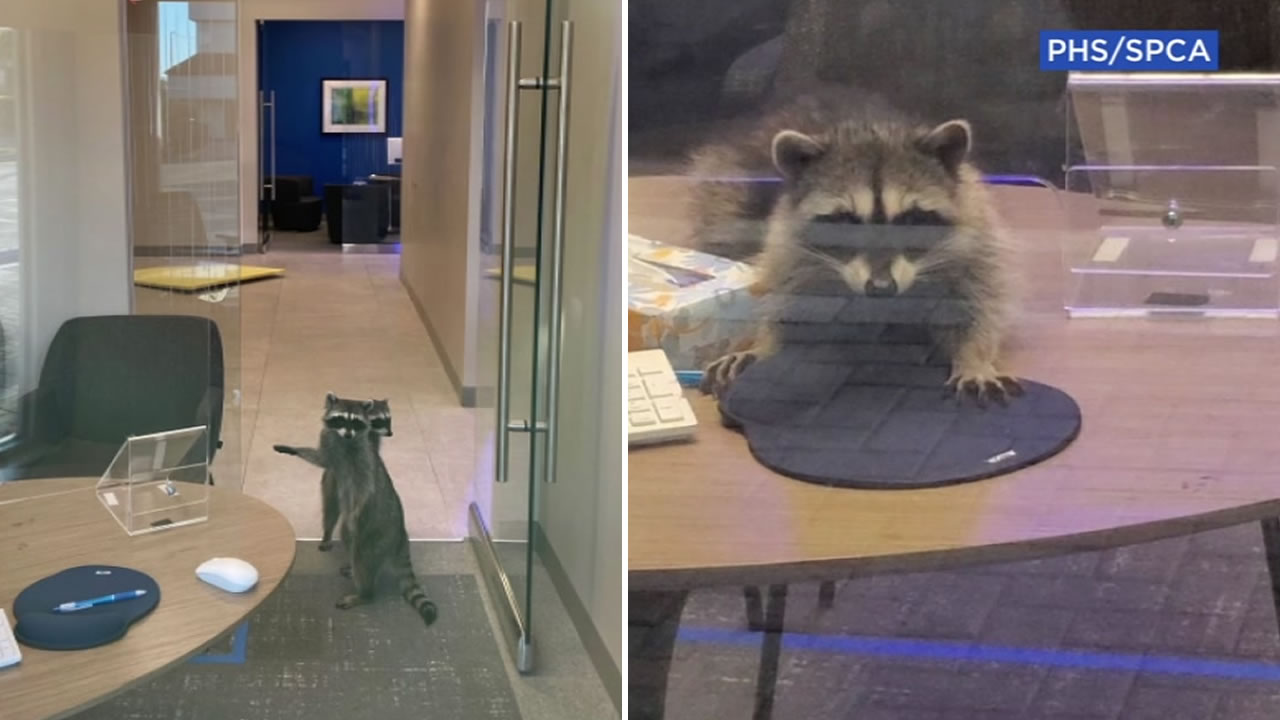Fake news is as old as spoken language and the written word. It’s as old as rumors and gossip.
People have always said things to stir up trouble, but rumors can spawn violence, as they did in Nazi Germany and the Tulsa Race Massacre. As our methods of communication progressed, so did fake news. Tabloids and gossip magazines, with their questionable claims of alien babies and celebrity affairs, became mediums for misinformation.
Sites like Reddit, Twitter and Facebook have seen fabricated articles with false claims of people dying or cultural icons engaging in scandalous actions. Nowadays with the introduction of AI and deepfakes, it’s increasing difficult to distinguish between real and fake news.
To show how easy it can be to spread fake news, take these two article headlines, courtesy of The Guardian’s “Fake or real headlines quiz”:
- Climate activist Greta Thunberg told people in China to stop using chopsticks to save trees
- Raccoons break into Californian bank
At first glance, one’s initial impulse is to deem the raccoon story fake. Breaking into a bank? What is this, a fuzzy “Ocean’s Eleven”?
But–surprise!–the raccoon story is real. A quick Google search shows several news outlets, including CNN, ABC7 and The Sacramento Bee picked it up. According to the story, two raccoons broke into a Redwood City bank and were spotted by a man at an ATM.
On the other hand, a minute of research shows that several sites actually looked into the Greta Thunberg story, revealing that it was fake, originally part of a social media post that went viral.
Fake news can get more problematic, especially when politics are involved. In a 2021 report by the Election Integrity Partnership, researchers found many incidents leading up to and after the 2020 election were caused by “misleading photos or decontextualized video clips of crumpled mail allegedly found in dumpsters or abandoned trucks.”
Researchers cited social media movements such as #Sharpiegate and #StopTheSteal, both of which were founded on misinformation.
“Narratives claimed hundreds of thousands of deceased citizens cast Democratic votes; others suggested Trump was one lawsuit away from victory,” the report stated.
All of it would culminate into #CivilWar, and the January 6 violent attack on the Capitol that led to five deaths and more than 100 injured police officers.
So how do we go about checking whether something’s legit or not? What about stories that can’t be verified using a quick Google search?
Fortunately, with the development of fake news came the ability of sniffing out truth from lies. Fact-checking has come a long way, and here are five ways to check if your news is real.
Think: Evaluate the article’s source
One way to check for legitimacy is to check the source itself. Some examples of questions to ask are, why would someone write about this? Is the source reputable and/or from an official site?
Check the website’s mission statement or their “About us” page to learn more about what it stands for and what its motivations are. If you’re tired of hitting paywalls, consider downloading a reputable news aggregator like Google News or Newsbreak or paying monthly for legitimate news. A $9.99 a month subscription to Apple News, for example, gives you access to more than 300 newspapers and magazines.
Look: Watch for unusual grammar
Because of how impactful news can be, journalists have standards when it comes to writing articles. That means writing clearly, concisely and accurately. Take note of how the article is written.
Does it contain grammatical errors, or poor punctuation? Taking it a step further, look at the words they use. Are sentences “loaded,” meaning that the sentence is clearly written to incite a specific reaction? Does the headline or body text use exclamation marks? Real news rarely does.
Review: Check for the outlet’s biases
In an ideal situation, news is unbiased, giving only the facts of what happened with wording that leaves no room for misinterpretation. But news sites on the far left and right can have political agendas, and even individual reporters may have subtle biases that sneak into their stories.
And it’s not just the wording itself. What reporters choose to publish or omit in an article may reveal beliefs. Bias by omission or placement can cause people to form misconceptions about a story’s importance, and thus lead to incorrect assumptions. The website AllSides.com evaluates major news sites and shows whether they’re neutral, liberal or conservative.
It also allows people to agree or disagree with the assessment. Mediabiasfactcheck.com assesses news media organizations for their biases, reliability and credibility and fair.org reports on news and issues that are getting not enough, too much, or questionable coverage.
Ask: Did other sources report the same story?
Legitimate news stories can be found on several news outlets, so do a “lateral search” to check other sites.
On social media, you can usually narrow things down through either the hashtag or by using keywords from the story. Fact-checking sites like Snopes. com can also help dispel fake stories that circulate online. One recent example of this was when Snopes debunked rumors about actor William Shatner dying around March of this year. Specifically, a Youtube video was circulating in which “The ‘news’ of Shatner’s death was conveyed in nonsensical, ungrammatical captions over a montage of photos of the actor,” according to the Snopes article.
Investigate: Use reverse image search
images for their legitimacy. Sites like TinEye and Google Images allow you to upload pictures to see if they exist anywhere else on the Internet. TinEye even provides links to the other locations where the image can be found. This can be useful to verify dating profiles, unusual disaster photos and other difficult-to-believe images.
For example, a fake image of a shark swimming on a freeway has circulated after each major hurricane since Hurricane Irene in 2011. Videos are not exempt from this. There was a fake video about a Parkland shooting survivor allegedly ripping apart the U.S. Constitution that went viral on social media. According to an article on PBS NewsHour, “The doctored animation, and news stories about it, were shared nearly 70,000 times on social media.”
Research: Dig deeper
This last point encapsulates every point covered so far, but is the most important. Not only can people and sites be biased, but the content we view online can affect what is shown to us. Social media apps are especially contrived, as their algorithms change our feed every time we look up specific topics.
By controlling what information we receive, they can show us limited or biased aspects of a story. As evidenced by political divisions in this country, people who only get news from social media may get trapped in news silos that only show news from a liberal or conservative angle.
SRJC librarian Canon Crawford, who teaches Introduction to Information Literacy classes, puts it best:
“News comes at us in social media sometimes as a result of our friends, family, and bots who are generating stories for our feeds.”







